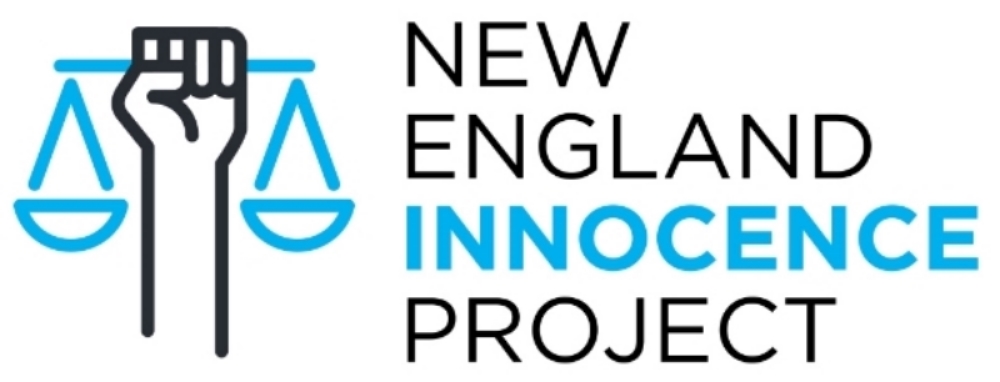On November 15th, Judge Nancy Gertner issued a 69-page ruling granting James Hebshie’s habeas petition. Mr. Hebshie was convicted of starting a fire that destroyed an office building in Taunton, MA. The fire occurred in 2001, Mr. Hebshie was convicted in 2006. Mr. Hebshie ran a convenience store within the office building. The government’s theory was that Hebshie burned his store to get $5,000 worth of insurance money. The government put on the following witnesses to tell their story:
1. David Domingos: (Cause-and-Origin Investigator) Domingos testified that the left-side wall in Hebshie’s store was the most damaged (even though other parts of the store had collapsed). Domingos centered in on the store very early on in the investigation. Judge Gertner points out, “Domingos discounted the theory that the fire was an electrical fire starting in the basement, even though, as noted, his written report did not mention the basement at all.”
2. Sergeant Lynch: (Canine Handler) Lynch testified at length about the “accelerant-detection” dog, Billy. Lynch discusses Billy’s personality, his emotional attachment to the dog, and “the way her eyes shifted,” “the way her ears shifted when she located stuff.” Lynch vouched for the dog as 97% accurate, an assertion that was not corroborated by any evidence. Lynch only brought Billy into Hebshie’s store, where she alerted the presence of a substance later classified as light petroleum distillate (LPD). When Billy alerted, Lynch took only one carpet sample; no control samples were taken. LPD is a substance that could have come from any number of sources, including the chemical makeup of the carpet itself. When asked why no control samples were taken, Lynch and Domingos both pointed the finger at each other.
3. Lieutenant Myers: Myers was the first firefighter on the scene. He testified to the thermal imaging. After the initial fire had been extinguished, the imaging camera showed “hot spots” along all four walls. Myers believed that this merely meant that the walls were hot from the fire that had been extinguished. In fact, the fire was inside the walls and continuing to spread.
Hebshie’s counsel, John and Jay Spinale, did not challenge any of the aforementioned “scientific” evidence, despite the Court repeatedly asking them if they’d like to have a Daubert hearing. The Spinales also failed to object to the lengthy, and as Gertner puts it “mystical account,” of the dog-sniff evidence.
These, coupled with numerous other deficiencies, caused Judge Gertner to order a new trial for James Hebshie. The conclusion of her opinion sums it up best:
As Larry A. Hammond, past president of the American Judicature Society, noted: “By routinely allowing into evidence expert testimony that we know should have been excluded, and by closing courthouse doors to claims for redress after conviction, the courts have contributed to the problems we face today.” Larry A. Hammond, The Failure of Forensic Science Reform in Arizona, 93 Judicature 227, 2 (2010).
In fact, he suggested, one thing that each of the cases in which there have been wrongful convictions necessarily have in common is that each were presided over by a judge, an appellate court, and typically had post conviction habeas review. And then he concluded:
“One would hope that with the announcement of every exoneration, the judges across whose desks these cases passed would pause to ask, ‘what can we do to make sure that this doesn’t happen again?”
This Court recognizes the importance of finality in criminal cases, particularly after time and resources have gone into the trial, and after a jury has pronounced guilt. But finality cannot trump fairness or justice. If Hebshie’s defense of serious charges was fatally undermined by ineffective counsel, I am duty bound to say so. Therefore, Hebshie’s habeas petition is GRANTED.
